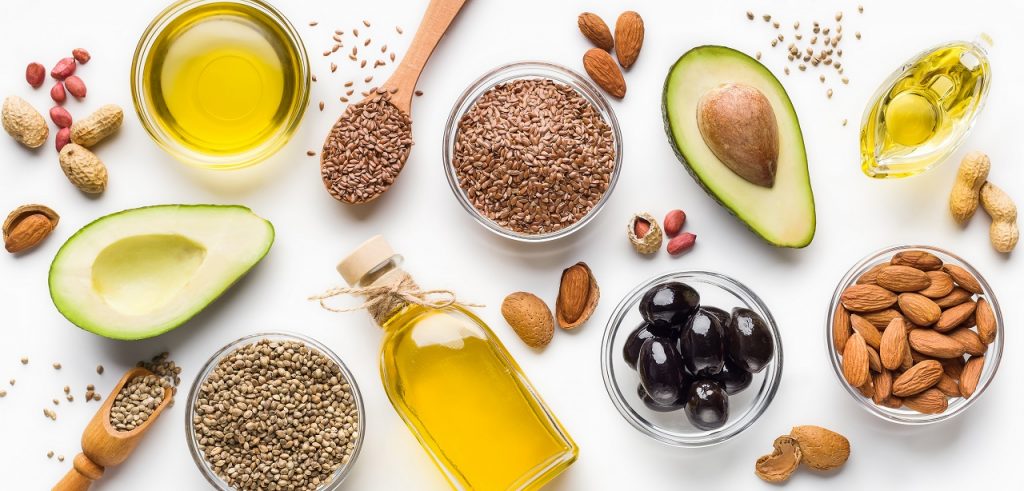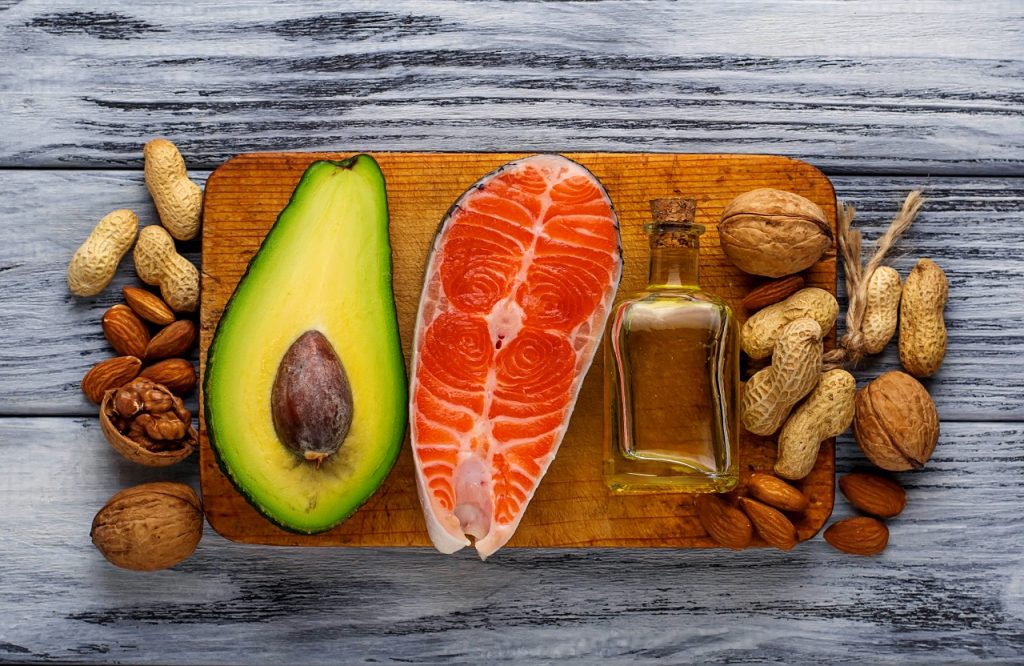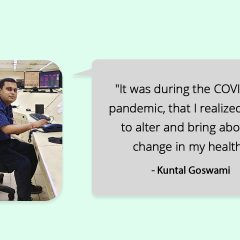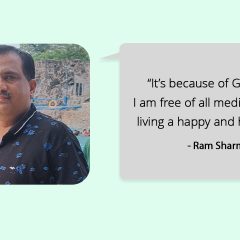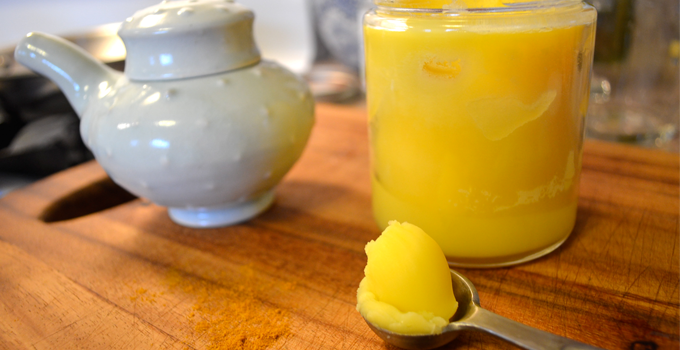
I am not sure how many of you understand what’s ghee? Its homemade pure butter made from milk, preferably cows
Reading the title of this article you must be thinking Have I lost it?. How can Ghee give you a healthy and beautiful life? But, it’s true it can.
Ever since my childhood days I have enjoyed my meals with Ghee and the trend continues even today. Having said that let me clarify that despite having Ghee I have always been lean. Many would attribute this to my genes. Well, no it’s not because of my genes but, largely due to the lifestyle and the food I eat. However, I have come to realise this only now, as a nutritionist. And, a major contributor to my lean and mean body is GHEE.
You would wonder how could that be possible? Believe me it’s no rocket science. Ghee has been an essential part of our cooking and food from ancient days. Our grandparents ate loads of Ghee and yet had no health issues or any kind of blockage in their heart etc. and the best part is they were healthy in every which way- physically and mentally.
Cut to the present times: When I as a nutritionist recommend people to have ghee with their food on a daily basis they are pretty shocked. Some even give me dirty looks as though I have said something that I shouldn’t be saying. Most are worried and ask questions such as how will ghee make me healthy? Ghee is so unhealthy, your cholesterol levels can go up, it can give us heart ailments like a blockage, and certainly it cannot reduce my weight and make me thin. These questions are natural because in the last one decade, we have been told to avoid foods full of saturated fats including ghee because they would cause heart attacks.
Well, you will be surprised to know that this is not true. In fact, research has indicated that the frequency of heart attacks, high cholesterol levels, joint pain, etc, occur more due to the exclusion of ghee or cutting down on it on a daily basis. A 2010 American Journal of Clinical Nutrition meta-analysis that looks at many studies and was done by researchers at Harvard concludes, the evidence linking saturated fats to a higher risk of heart attacks is not convincing.
Let me clarify your doubts and explain to you the properties of ghee, so you understand why it is good to have ghee for your health. Ghee comprises of short, medium and long chain fatty acids, both saturated and unsaturated. It also contains the most healthy and popular fats-Omega 3 and Omega 9 which are also known as essential fatty acids. Ghee also contains Vitamins A, D, E and K. Ghee when prepared from cow milk provides us with the highest natural sources of CLA (Conjugated Linoleic Acid) which helps you to mobilize the stubborn fat in your body to energize you.
Ghee helps one in many ways. It is known to give longevity. Its elemental qualities balance the aging characteristics by enriching the living body.
For centuries now, Ghee has been used as a digestive and an elimination aid to rejuvenate one’s life. It gives one energy, sexual vitality, healthy skin and eyes. Can be used as a lubricant or joints and for alkali sing the blood.
The purity of ghee allows it to penetrate deep in the membrane (protective covering) of cells and nourish when it passes through it.
This is one of the reason that vitamins and minerals from food cooked in Ghee are considered much healthy. The assimilation of the nutrients in the body increases when suspended in a ghee matrix. Due to these inherent properties that ghee possesses, many herbal preparations use ghee as their main carrier oil.
SO all those who have kept ghee aside due to the fear of heart ailments and other health issues, get it back into your daily food routine and see the difference. Believe me you will only feel healthier and beautiful. Find high-quality Ghee at the GOQii Health Store here. For additional nutritional insights, explore Healthy Reads or for personalised information and guidance, subscribe to GOQii’s Personalised Health Coaching here.
Ignite the path to a healthier and more beautiful life!
#BeTheForce
 Almonds are a nutritious food that can be eaten at any time of the day, but there are some optimal times to consume them for maximum benefits. Here are some recommended times when you can eat almonds.
Almonds are a nutritious food that can be eaten at any time of the day, but there are some optimal times to consume them for maximum benefits. Here are some recommended times when you can eat almonds.